It was one of those wonderfully well-timed coincidences, stumbling upon the Coopers Animal Refuge account on Instagram. Without delay, I organised to meet the wildlife refuge founder Christine Gilmore at her property to get a feel for a day in the life of this inspiring, hardworking team of wildlife carers.
Upon arrival, I was greeted by a most welcoming pair of ladies, Christine and Deb, who immediately took Chris and me under their wings and began a detailed tour of the refuge. I had not expected such a well-planned layout of enclosures for varying ages and rehabilitation stages of both wombats and kangaroos. First, Christine took us through to an enclosure where it soon became my aim not to be bowled over by the rambunctious baby wombats, who had insane spurts of energy at the most unpredictable times. Here, she explained her story and the logistics of running a refuge with such a large number of mouths to feed and an ever-growing number of rescue animals being introduced on a weekly basis.
Christine has dedicated herself to volunteering as a wildlife carer for the last six years with Wildlife Victoria and has subsequently used her skills to run her own wildlife refuges. It all began in 2013, when three kangaroo joeys were placed in Christine’s care to be rehabilitated and released. The first of this lot was a 500 g joey called Cooper, who immediately captured Christine’s heart and was successfully rehabilitated. Sadly, Cooper did not make it to the release stage, but his legacy certainly lives on through Christine’s devotion to the animals rescued and brought to her since.
Even now, with her demanding weekly schedule, Christine still dedicates one night a week to operating the phones at Wildlife Victoria. With the sheer volume of animals arriving under her care, Christine has moved properties three times since 2013, and has now found a beautiful 5-acre block of land in Victoria’s Macedon Ranges, which lies within 85 acres of releasable land leading into the Lerderderg State Forest.
Being a not-for-profit organisation, the team here relies solely on volunteer help and fundraising to carry them through each week. Christine and the team will feed up to 180 bottles of milk to the animals every day, with pinkies (furless joeys) and joeys needing a feed every two hours. Things get a little more complicated when each lactose-free milk substitute needs to be composed differently to cater for differing nutritional requirements for specific life stages or species of animal.
For example, the fat content required varies for wombat joeys, kangaroo joeys, possum joeys and pinkie stage joeys, with pinkies needing low energy milk with much lower fat content and a much higher carbohydrate content. Christine explained to us that a mother kangaroo will naturally produce two different kinds of milk simultaneously for the newborn and joey that she is nursing at the same time. Emulating these compositions is a tricky process.
It is also extremely time-consuming to warm up the milk each time and ensure that each individual has had its feed. Set-ups such as the feeding station pictured above have certainly helped the small team of volunteers cope with the growing number of mouths to feed. Each kangaroo will stay approximately two years until it is ready to be released, which will cost the refuge roughly $2000 per animal within that time frame. Wombats will stay between 12 and 18 months and possums 6 to 8 months. These costs will usually cover milk formulae, fruits and vegetables, vet bills, straw and hay, enclosures and possum boxes.
Christine showed us inside her house where kangaroo joeys hung in homemade pouches donated by volunteers and extremely young joeys were being incubated with heat bubbles. We ventured on through to the back of the house to look at her newly renovated joey room, with 24 hour cooling and heating, which the joeys frequented throughout our stay for the day. Christine also cheekily insisted on telling me quite a few times that an Australian copperhead snake was found loitering at the only toilet available that week, which only excited us more.
What I thought would roughly be an hour’s visit to have a chat turned into seven easy hours of feeding, cleaning and more feeding! We quickly discovered that in order to have a chat with a busy woman like Christine, you have to be useful in the process.
I take my hat off to these ladies. These past few weeks especially, they have been inundated with orphaned, sick and injured joeys. Bravely taking each case as it comes, with years of experience and confidence backing them, they soldier on day and night through the most unbearable temperatures and workloads I could have ever imagined.
For more information about this wonderful refuge, please visit https://www.coopersanimalrefuge.com.au/
All images courtesy of Tanya Rajapakse

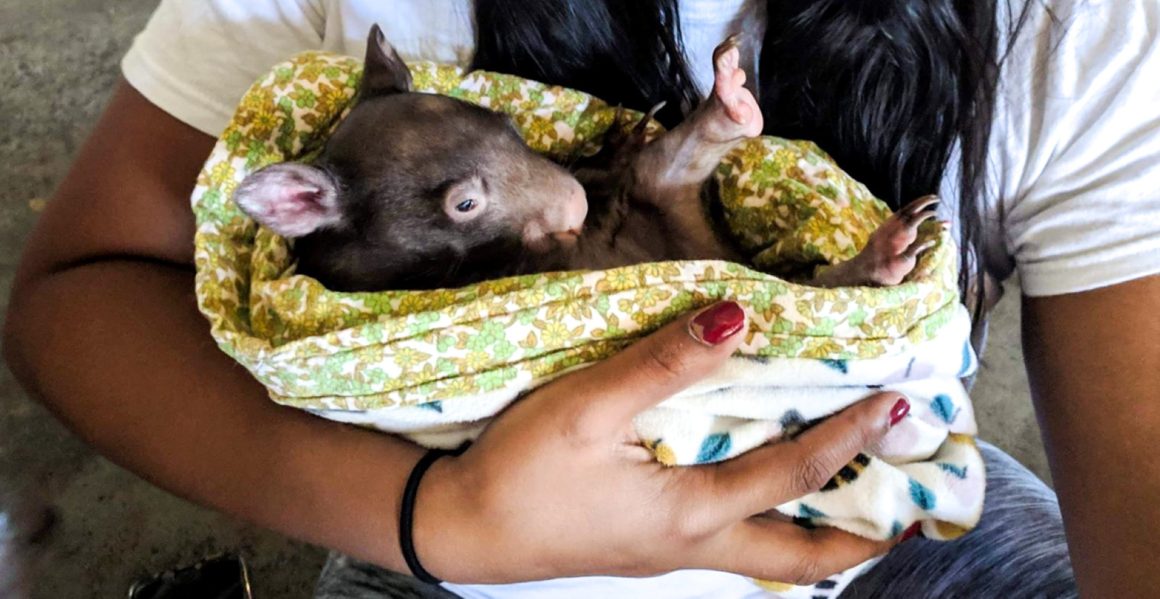
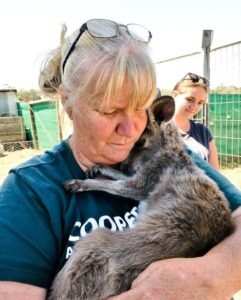
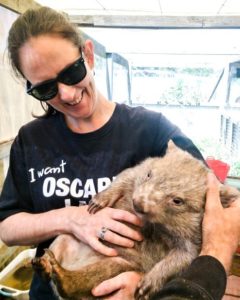
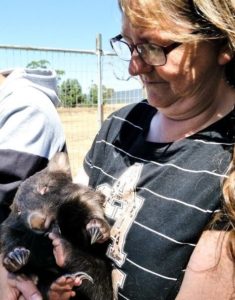
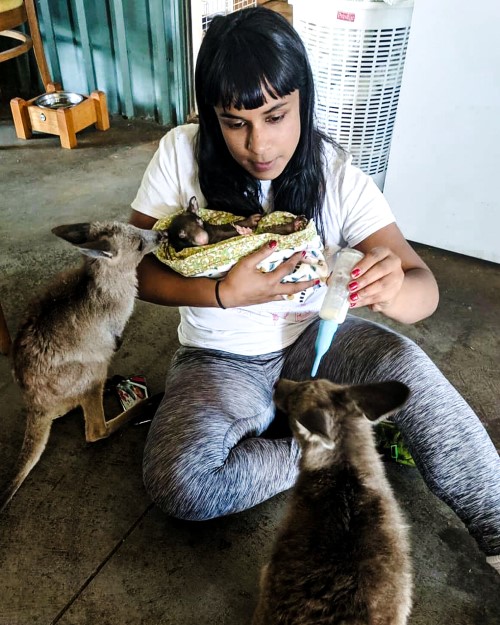
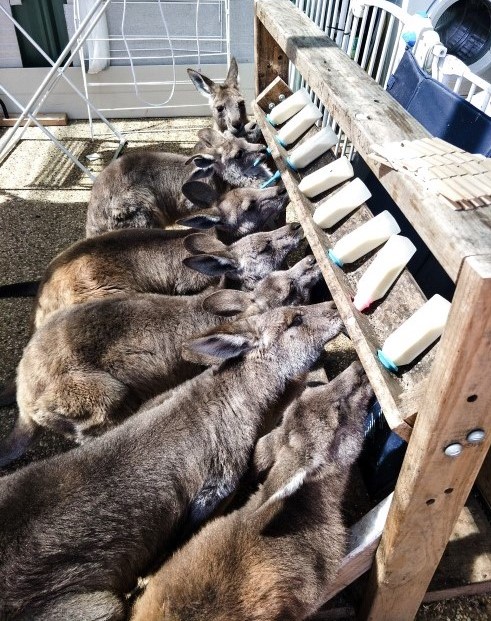
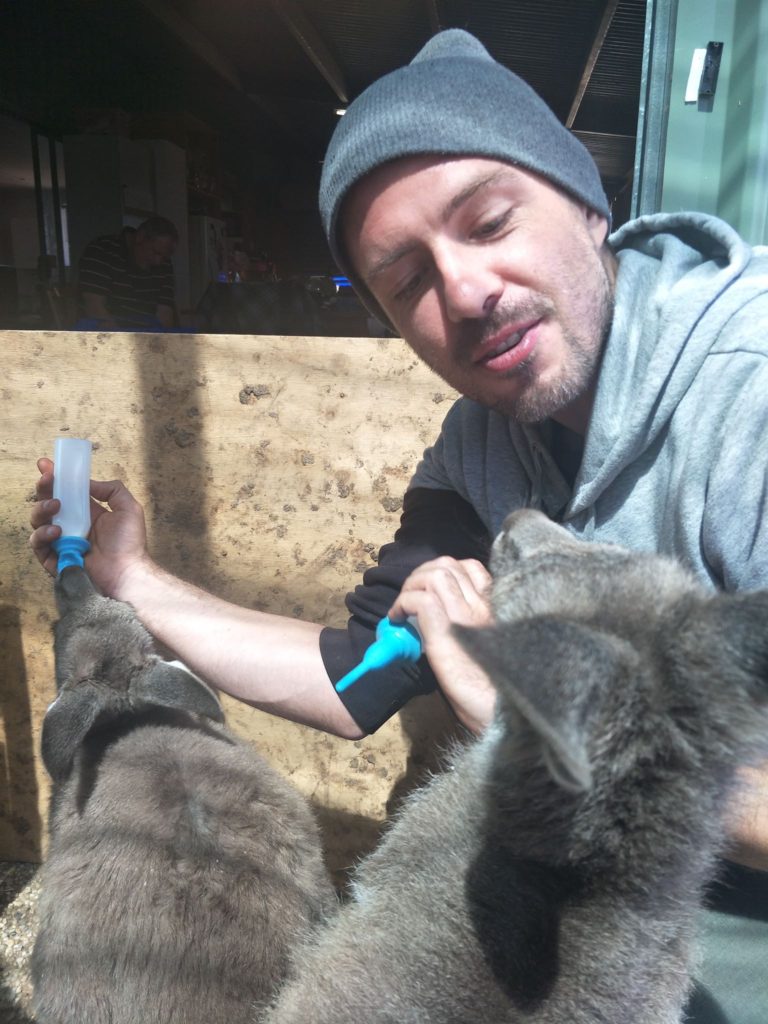
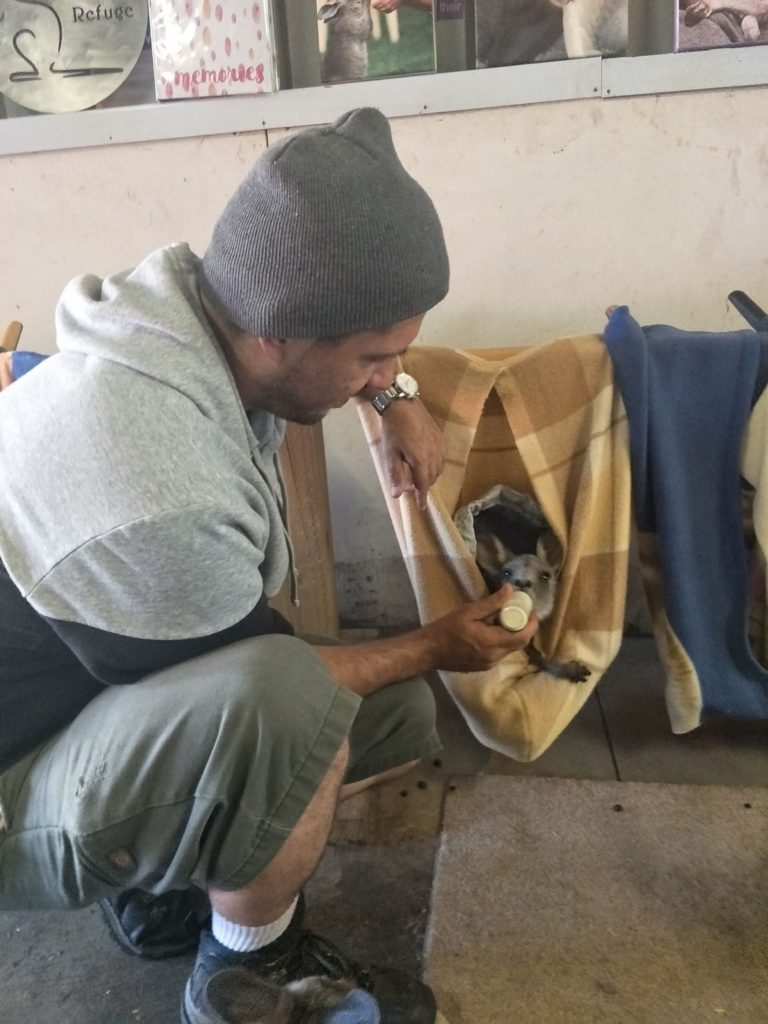
Leave a Reply